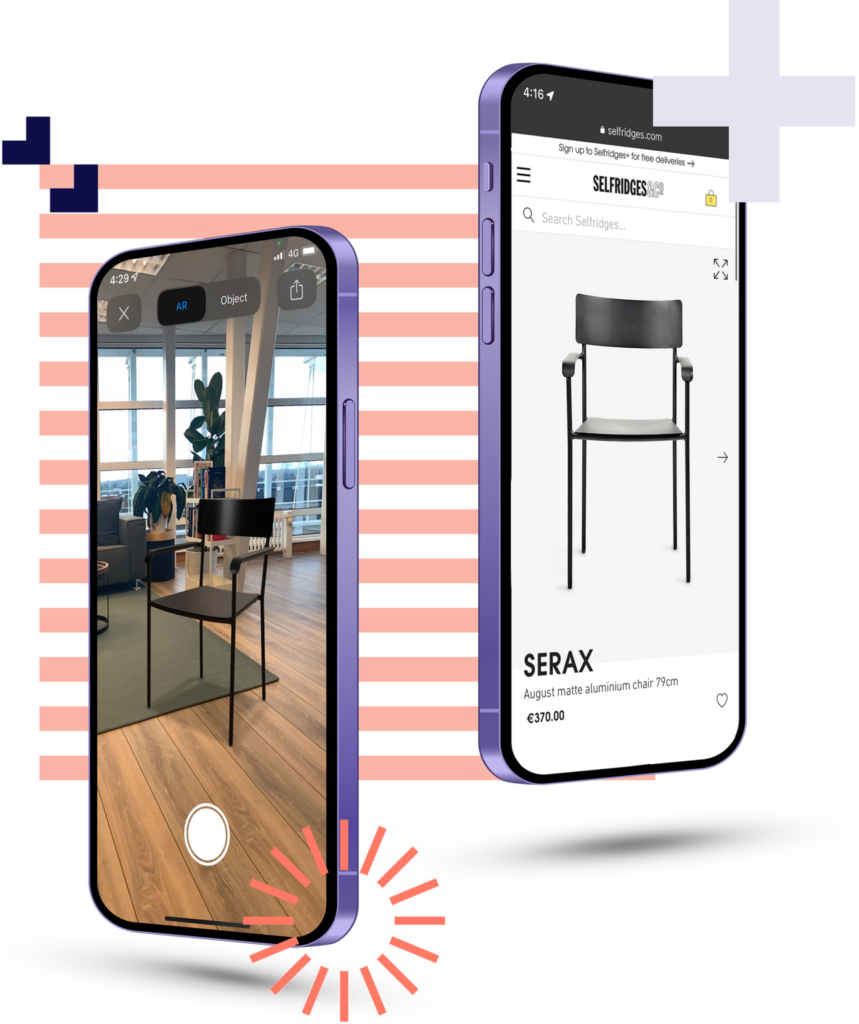Virtual production capabilities may become a competitive advantage for content creators, studios, and manufacturers as pressure on the industry increases and traditional content makers compete for not only customers but also production and postproduction expertise and resources.
What is virtual production?
Virtual production is fundamentally modern content creation: It is an agile process characterized by an earlier start to the production process and continuous use of technology to improve and frequently streamline content development.
Typically, this means that software is used to create portions, or occasionally all assets, rather than just using conventional methods like photography.
Why now?
Virtual production isn’t exactly a new concept, and it has already gained significant traction in some use cases. However, a number of business, technological, and environmental variables (like Covid) have led to a rise in adoption during the past few years.
More and more we see clients testing various different virtual production processes, not only 3D and CGI, but also the way they photograph or produce e-commerce assets. A good example is POS3D, a way for e-commerce companies to turn product shots into high-quality on-model imagery for significantly better performance across all e-commerce platforms. This is just one way companies are looking to leverage technology to reduce the time to market, and to reduce costs.
Virtual production for 3D or CGI starts with the creation of digital twins, these are digital copies of real life products that are modelled and textured to be just that. Once the digital assets have been created the virtual production process is not much different to the traditional process. If for example you want to create product images of your digital twin, you would set up studio, cameras and lighting in the 3D software to “photograph”, or render, the 3D asset. This is CGI, computer-generated images, and has been used in photography and film for decades now.


POS3D on-model imagery
What are the challenges?
There’s a wide range of strategic questions for businesses to consider:
- Aligning stakeholders: How can our studio and teams come to a consensus on what virtual production is? What aspects of the value proposition require more in-depth explanation?
- Production approach: What are the advantages and disadvantages of virtual production on a technical level? Is it a suitable fit for the material we produce based on those trade-offs? Which virtual production methods are best for our portfolio of products or certain product lines?
- Development of a business case: How can we evaluate using virtual production for a particular project or justify investing in it? How much does it cost to execute, and where can there be cost savings? What is my ROI and how long will it take me to break even?
- Which competences should we develop internally versus hire outside help for? How can we set up a virtual production unit? What people, procedures, and technology are required? What tools, equipment, and services are required?
- What changes at the organizational level would enable us to maximize the return on a virtual production investment? What funds or departments might be combined to create synergies.
Product images created using virtual photography methods
Virtual production is an attractive opportunity amid mounting competitive pressures. Leaders that have adopted early have shown that virtual production can yield incredible results. As with every new process or technology there is an initial learning curve that can delay the decision to go Virtual, but once that decision is made it is almost always for the better.
Virtual production can be used across both high- and low-budget projects to improve quality, increase efficiency, and reduce costs. Rendered is currently offering up to 50% discount on your first 3D, AR and/or CGI project. Click here to learn more.








